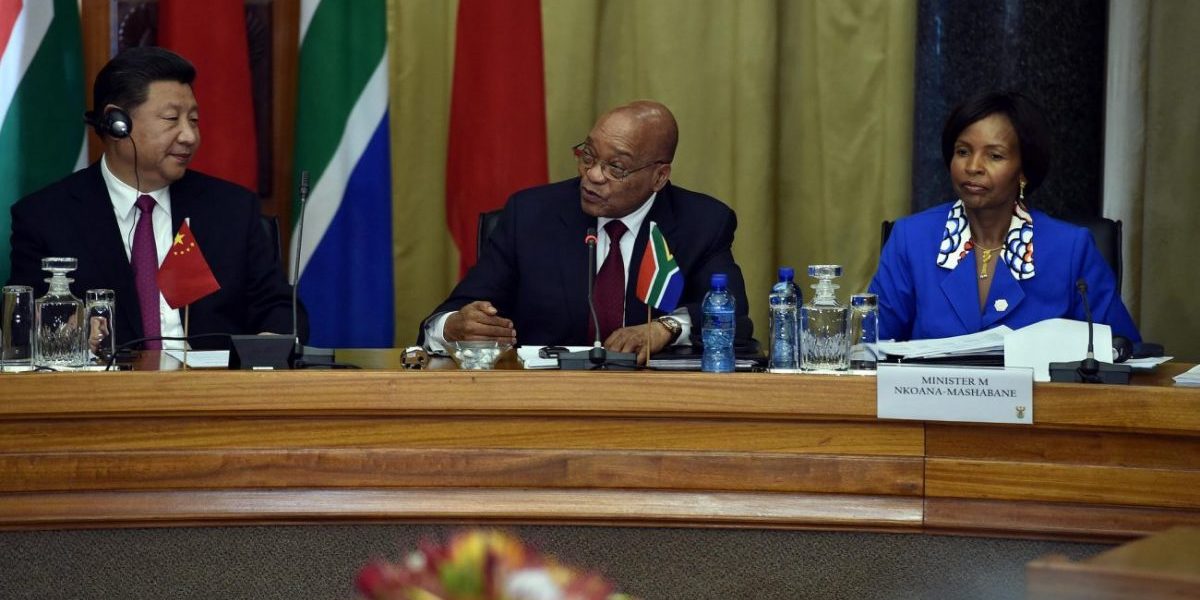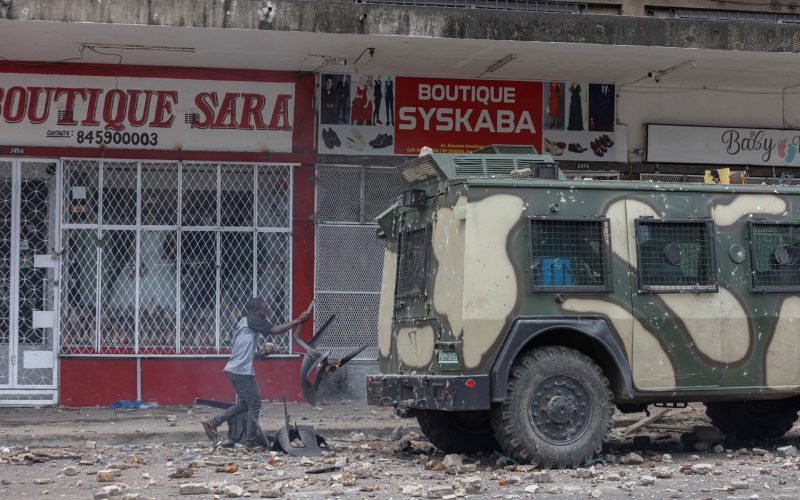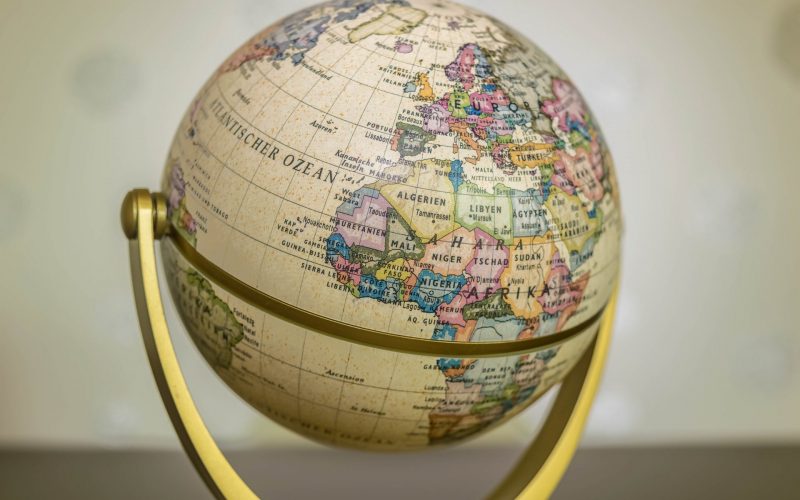Forecasts of China’s growth are as strong as ever; its export expansion will continue apace; resistance to more rapid yuan revaluation will remain firm; and emerging anti-China sentiment in some parts of the world, South Africa included, is likely to mushroom.
But the South African government is committed to establishing a viable, long-term relationship with China. It sees this as a vital strategic foreign policy goal; given forecasts of China’s future economic size and political weight, the strategy seems irrefutable.
As yet, this stance has not translated into a clear plan. The government instead appears content with reacting to problems. Seen in this light, the 2006 clothing and textiles quota agreement – and the way it was engineered – was not surprising. It is equally clear, however, that such an approach is unsustainable.
What are South Africa’s “China plans” for 2007? What should they be?
In the trade arena, we know two-way traffic has developed rapidly since relations were normalized in 1998. We also know it is imbalanced: China now represents South Africa’s second-largest bilateral deficit, despite our exports to China growing more quickly than those to most other countries.
New research by the SA Institute of International Affairs takes China’s rise as inevitable.
It will drive economic restructuring in all countries, but particularly in relatively high-cost developing countries, including those in the Southern African Customs Union (Sacu).
China’s rise therefore presents in stark and simple terms the following proposition: actively seek strategies for effective restructuring now, or attempt to protect noncompetitive industries indefinitely (at cost to producers and consumers) in the hopes that either the pressure eases or policy can find ways to help vulnerable industries strengthen.
Neither of the latter is likely. Sacu therefore cannot shy away from engaging China effectively on the trade front. Concentrating solely on defensive concerns, on minimizing China’s impact in a fire-alarm fashion, will guarantee counterproductive long-run results.
In other words, South Africa has to be more proactive.
At the same time, South Africa’s exploitation of the “China miracle” is below par. Other resource-rich regions export far more (in relative terms) to China.
This is why Australia, New Zealand, Chile and the Association of South East Asian Nations are negotiating free trade agreements with China.
Such considerations bring a Sacu-China trade agreement to center stage. To construct a stable bilateral relationship that offers net benefits to Sacu, market integration should, firstly, be committed, and secondly, be comprehensive.
It should include liberalization of trade in goods and services, and commitments on investment, competition, intellectual property protection, and so on. Crucially, liberalization must be well sequenced and phased in over a substantial period of time. That is, it needs to be carefully managed.






